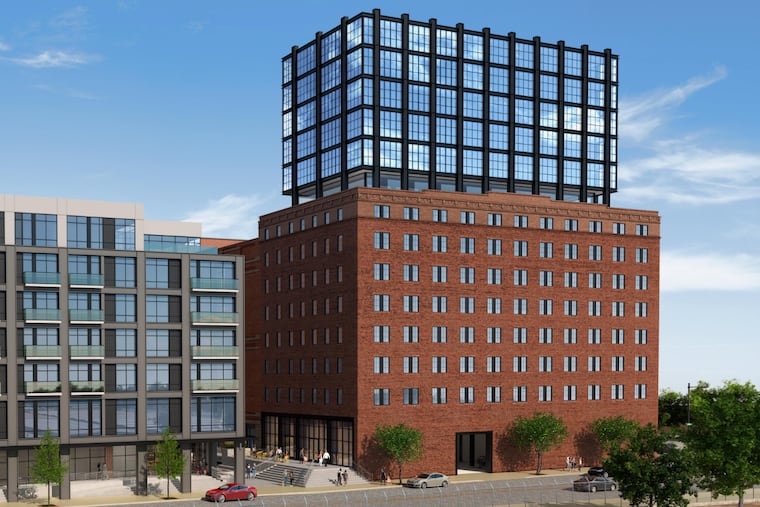Huge flag mural would have to be moved to save historical warehouse near Delaware River
The building is best known for the mural, titled “Our Flag Unfurled." The costs of renovating it for housing would be substantial.

The building is best known for the mural, titled “Our Flag Unfurled." The costs of renovating it for housing would be substantial.
